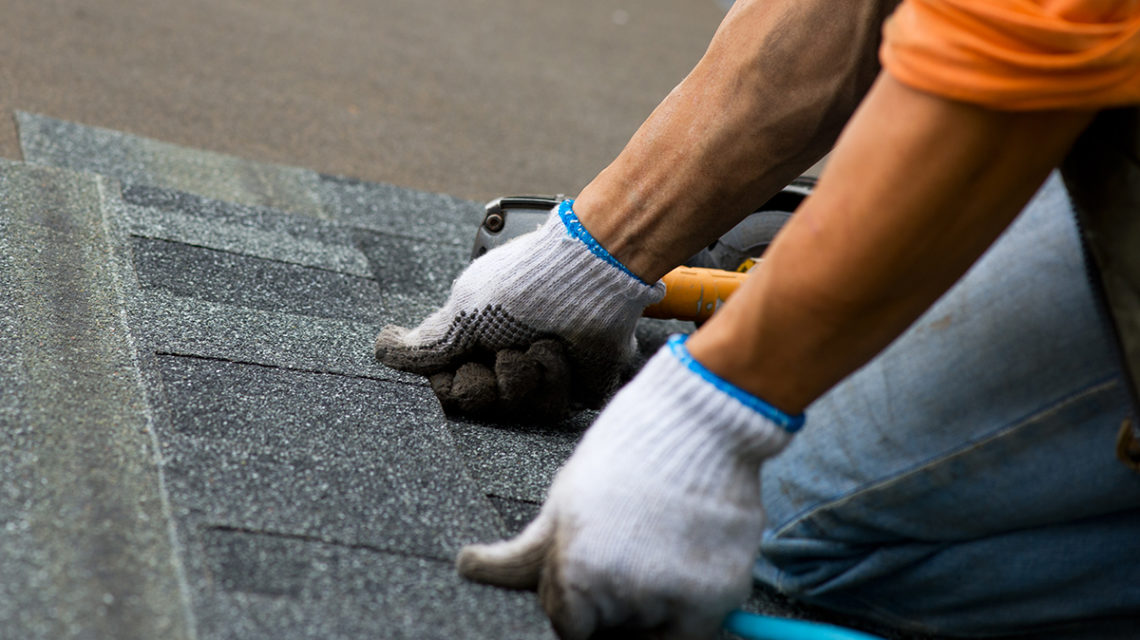
How to Plan for Unexpected Home Repairs
A recent survey by HomeServe USA revealed that while 51% of homeowners had to deal with an emergency home repair in the last year, a staggering 25% didn’t have any funds set aside to deal with such a repair. Most people don’t like to think about the worst possible situation, but when you’re a homeowner, unexpected repairs are a fact of life and you’ll need a plan for how you’re going to pay for them without emptying your bank account.
Step One: Defense is the best offense.
If you don’t already set aside money each paycheck to go into an emergency fund, now is the time to start. Some home repairs can cost thousands of dollars, and the easiest solution is to pull from a fund that won’t affect your normal living expenses. Experts suggest having three to six months of living expenses set aside for emergencies. That number can be intimidating, so start with smaller goals – like $250 to $500 – and work your way up over time.
If you’re getting ready to buy a home, make sure a home inspection is done thoroughly. A proper home inspection will let you know if there are any hidden issues that will need to be fixed. You can take that information to have the seller fix them before you move in, negotiate the price to account for those expenses or pass on the home completely.
Step Two: Know what’s covered.
Some repairs are covered by certain home insurance and/or warranty plans. Comb through your policy so you know what repairs would be covered and under what circumstances. You might find holes in your policy you want to fix or decide to lower your coverage and put that extra money into your emergency fund.
Step Three: Learn what resources you can use.
The worst case scenario is that a major repair is needed, you don’t have an emergency fund, and it isn’t covered by insurance or a home warranty. Here are some valuable resources to use when you may need emergency funds.
- Delay a planned purchase. Were you just about to buy a new car, go on vacation, or make a cosmetic repair to your home? It hurts, but you should consider delaying those non-emergency payments and deferring the funds to that emergency repair.
- Leverage your home’s equity. Applying for a home equity line of credit (HELOC) will help you borrow from the appraised value of your home when an unexpected repair is needed.
- Get government assistance. The U.S. Department of Housing and Urban Development (HUD) has a variety of loans and programs to assist homeowners. Their Title 1 Home Improvement loan is just one example of a low-cost loan that can be used for repairs.
- Know when disaster relief programs are applicable. If you’re hit by a disaster, and your insurance isn’t covering the repairs, reach out to disaster relief organizations like the American Red Cross or FEMA. They will be able to help you get back on your feet.
Home repairs don’t have to mean staggering credit card debt or living without air conditioning in 90-degree weather – all it takes is proper preparation. Start saving immediately, understand what your home insurance policy covers, and know that there are resources you can use in an emergency situation. Unexpected home repairs are a huge annoyance for millions of homeowners, but by preparing for the worst ahead of time your bank account will stay safe.
Check out the variety of products and loans AmeriChoice has to offer homeowners. Whether it’s a mortgage refinance, a HELOC, or even shrinking the length of your mortgage in time for retirement, we have everything you need for successful home ownership and improvement. Explore our expansive loan portfolio today!
-2.png?width=300&height=65&name=AFCU-logo-2019-white-sm%20(1)-2.png)